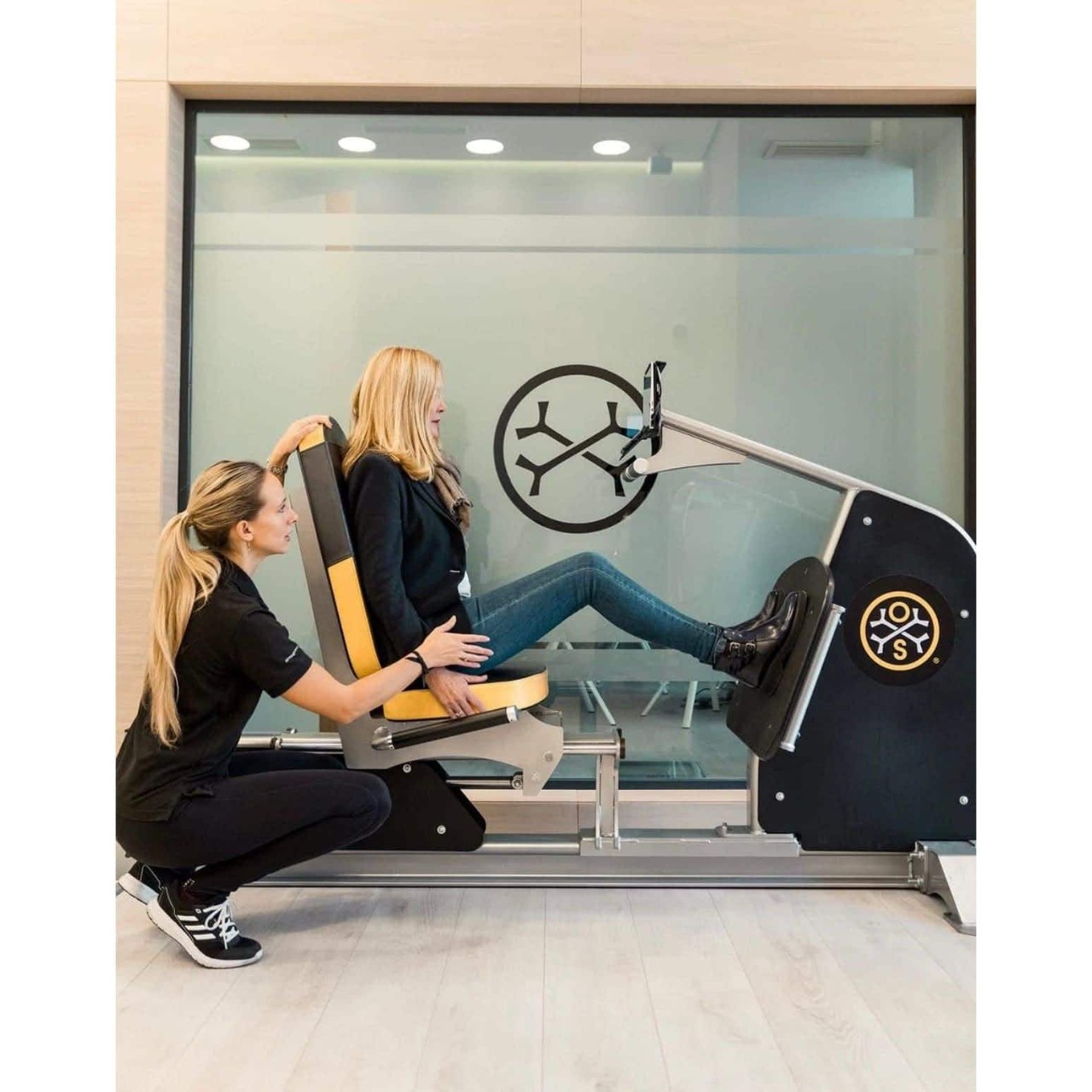
 please wait
please wait

Weight bearing activity is critical for bone health. The stress on the bones that results from weight bearing activities like running, jumping, and at times weight lifting, stimulates bone building. Weight slightly compresses the bone matrix and triggers the cells to assimilate more calcium and other minerals, and ultimately to increase bone density. The amount of weight bearing that causes this response from the bone is called “osteogenic loading” because it takes a certain “load” to stimulate the bone building cells. In contrast, “unloading” the bones from prolonged bed rest or space travel can result in loss of bone density. While normal daily activities are sufficient to prevent the harmful effects of unloading, significant “loading” appears to be required to increase bone mineral density.
Until recently, the exact amount of weight bearing “load” required for an “osteogenic” response had not been established.
We measure activity by how many multiples of body weight is loaded on the skeleton. Scientists in the United Kingdom, using accelerometers, did a cross sectional study in teens and determined that the amount of loading required to stimulate the bone building process equals 4.2 times body weight[i].
As with all exercise studies, it is difficult to control for all of the variables associated with the participants, so we must be careful in generalizing the results to other populations.
Using the concept of osteogenic loading, if you weigh 130 pounds, you need to load your bones with 546 pounds to build bone. When we stand, gravity applies a load to our bones equals our body weight. Walking briskly increases load, running or jogging adds even more load, but it is higher impact activities like jumping or strength training that is needed to meet 4+ times body weight.
Bicycling and swimming are good cardiovascular activities, but they partially “unload” the bones, so competitive swimmers and cyclists should consider adding weight lifting to their routine.
Always begin loading activities at a level that is right for you. If you are walking, work to increase your stride. If you are running, consider adding higher impact activities. Weight or resistance training is beneficial to muscle, so that you can have the strength to jump and land, or engage in higher impact activity safely.
If you have low bone density or osteoporosis, work with a professional on any activity that will add load to your bones. You want to use proper form and body mechanics to protect your spine. Deer, et al., Habitual Levels of High, But Not Moderate or Low Impact Activity Are Positively Related to Hip BMD and Geometry: Results from a Population-Based Study of Adolescents. JBMR, Vol. 27, No. 9, September 2012, pp 1887–1895